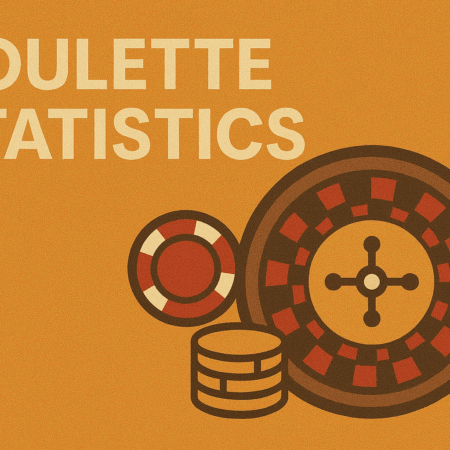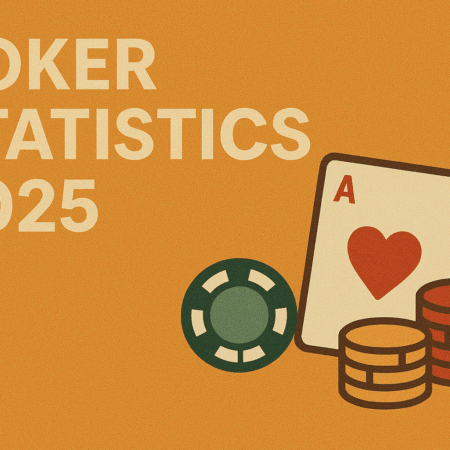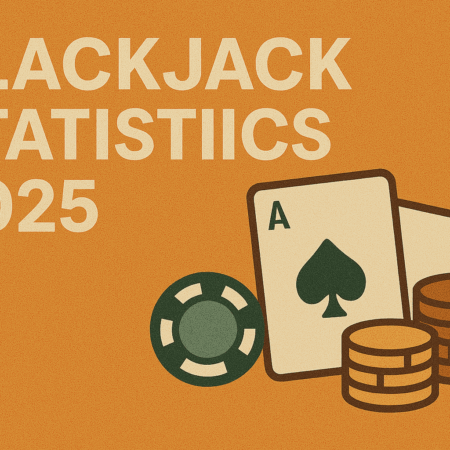In the age of mass surveillance, centralized control, and digital censorship, the ideological backbone of cryptocurrencies is more relevant than ever. Long before Bitcoin’s whitepaper hit the internet in 2008, a group of technologists, privacy advocates, and radical thinkers laid the groundwork for the crypto revolution we live through today.
These pioneers called themselves cypherpunks—a decentralized movement united by one goal: to build systems that protect individual freedom through cryptography.
What Is a Cypherpunk?
A cypherpunk is someone who advocates the widespread use of strong cryptography and privacy-enhancing technologies as a route to social and political change. The term originated in the late 1980s, coined by activist Jude Milhon (aka “St. Jude”) in a playful nod to the cyberpunk genre.
But cypherpunks were no fiction. They were engineers, scientists, and programmers who believed encryption wasn’t just for governments or corporations—it was a civil right. These individuals foresaw a future where digital tools could either empower people or enslave them.
“Privacy is necessary for an open society in the electronic age.” – A Cypherpunk’s Manifesto (Eric Hughes, 1993)
Historical Origins: The Early 1990s
The movement began to crystalize in 1992 with the launch of the Cypherpunks mailing list, a digital forum where people like Timothy C. May, Eric Hughes, and John Gilmore debated ideas on math, code, liberty, and surveillance. It became the de facto town square for privacy-first innovation.
During the same era, cryptography was still regulated under U.S. export laws as a form of munitions, and developers like Phil Zimmermann—creator of PGP (Pretty Good Privacy)—were investigated for “exporting weapons” simply by publishing their encryption tools online.
But the cypherpunks pressed on. They knew the internet was on the cusp of going mainstream, and they wanted to ensure it didn’t become a digital panopticon.
Core Philosophy: Code Is Speech
The cypherpunk ethos is simple but powerful:
- Code is law: Trust should be placed in mathematics, not in institutions.
- Privacy is power: Individuals have a right to shield their digital lives from prying eyes.
- Open source is essential: Anyone should be able to inspect and verify the tools they use.
- Freedom through technology: Tools like encryption and decentralized networks are means to resist coercion.
These ideas are enshrined in documents like the Cypherpunk Manifesto (1993), The Crypto Anarchist Manifesto by Timothy C. May (1992), and hundreds of long-form email threads that have become legendary among internet historians.
Tools They Built and Inspired
Cypherpunks didn’t just write essays—they built prototypes that directly influenced modern cryptocurrencies. Key contributions include:
- PGP (1991): Phil Zimmermann’s email encryption tool made secure communication accessible.
- b-money (1998): Wei Dai’s proposal for an anonymous, distributed electronic cash system. Cited in Bitcoin’s whitepaper.
- Hashcash (1997): Created by Adam Back, this was an early proof-of-work system to fight spam—later incorporated into Bitcoin mining.
- BitGold (2005): Nick Szabo’s concept of a decentralized digital currency using timestamped proof of work.
These weren’t isolated experiments—they were stepping stones to Bitcoin.
The Road to Bitcoin
When Satoshi Nakamoto released the Bitcoin Whitepaper in 2008, the cypherpunk community immediately recognized its roots. Bitcoin was the first project to combine peer-to-peer architecture, cryptographic signatures, and proof-of-work into a fully decentralized money system.
Notably, Satoshi was active on forums like the Cryptography Mailing List and used language that mirrored cypherpunk ideals—emphasizing privacy, trustless systems, and decentralization.
Bitcoin wasn’t created in a vacuum—it was the culmination of decades of cypherpunk development.
Why Cypherpunk Ideals Still Matter in 2025
Fast forward to 2025, and the world is grappling with issues the cypherpunks warned us about:
- Mass surveillance via social media platforms, facial recognition, and smart devices.
- Censorship and deplatforming, including state-level internet shutdowns.
- Central Bank Digital Currencies (CBDCs) raising concerns about financial control and programmability of money.
- AI models trained on personal data without consent.
Meanwhile, the crypto space itself is struggling with centralization—major exchanges, custodial wallets, and KYC requirements that conflict with the original vision.
This has prompted a cypherpunk renaissance, as developers build tools like:
- Zero-knowledge proofs (zk-SNARKs) for scalable, private transactions.
- Mixers and privacy wallets like Wasabi and Samourai.
- Fully decentralized protocols with no single point of failure.
The spirit of resistance remains alive, even if the landscape has changed.
From Fringe to Mainstream Influence
Once labeled extremists, cypherpunks have now shaped industries:
- Privacy legislation like GDPR and California’s CCPA are direct responses to the issues raised by the movement.
- Web3 platforms prioritize self-custody and censorship-resistance.
- Financial regulators now have to reckon with peer-to-peer finance they can’t fully control.
Even cultural conversations around digital sovereignty—from NFTs to metaverse land ownership—owe a debt to the cypherpunk vision of user empowerment.
Frequently Asked Questions (FAQ)
What is the difference between a cypherpunk and a hacker?
A cypherpunk advocates for privacy and freedom using cryptography and legal open-source tools. A hacker may or may not share those values and can include both ethical (white-hat) and malicious (black-hat) actors.
Is Bitcoin a cypherpunk project?
Yes. While Satoshi Nakamoto didn’t use the term “cypherpunk” directly, Bitcoin builds on decades of work from the movement, incorporating tools like proof-of-work, cryptographic signatures, and decentralization.
Do cypherpunks still exist today?
Absolutely. While the original mailing list is now archived, cypherpunk principles live on in projects like Monero, Signal, and privacy-focused Layer 2 solutions on Ethereum.
Is all cryptocurrency aligned with cypherpunk values?
Not necessarily. Many centralized exchanges, custodial wallets, and permissioned blockchains contradict the cypherpunk ethos. The movement champions decentralization, privacy, and user autonomy.
How can I get involved in cypherpunk-inspired development?
Learn to code (especially in Rust, Solidity, or Python), contribute to open-source crypto projects, or participate in forums like GitHub, Reddit’s r/CryptoCurrency, and the ZK community. Supporting privacy-focused tools financially or through advocacy also helps.
Final Thoughts
The cypherpunks were digital dissidents who saw the future—and built it. In 2025, their radical vision of a free, private, decentralized internet is more urgent than ever. Whether you’re a coder, investor, or curious observer, understanding the movement’s origins can help you navigate crypto’s philosophical and technical crossroads.
The question now isn’t whether cypherpunks were right—it’s whether we’ll finish what they started.

 Canada
Canada Deutsch
Deutsch Español
Español Português
Português



